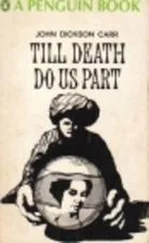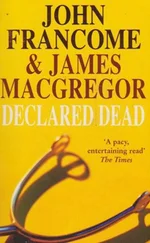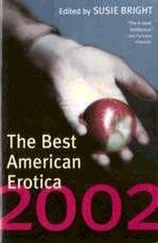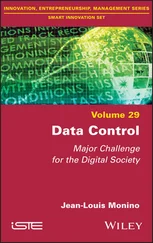In chapter 6, I broaden my analysis of mediated ritual by investigating the different ways in which mediated rituals segregate and reintegrate the dead in the modern hybrid media environment. I turn back to Victor Turner (1969) and his idea of life-crisis ritual as transformative, and look at this issue from the perspective of the social construction of victimhood in present society. I ask how victimhood is socially constructed in association with public mourning, and how such mediated ritual practices contribute to keeping certain dead alive in society, while killing the memory of others. In so doing, I critically assess the role that today’s hybrid media environment plays in this ensemble. The chapter also pays special attention to the moral and social hierarchies related to mediated ritual commemoration of the deceased, and analyses in which conditions such memory work (Mitchell, 2007) is activated and when it is pushed aside, in hybrid media and consequently society. This chapter argues that these practices of remembering and forgetting in society are best described as highly situated as well as individualized, but never morally and/or politically neutral as they address important values associated with suffering (see, e.g., Boltanski, 1999) and the mediated politics of pity in today’s society (Chouliaraki, 2011).
All in all, the analyses of ritual in the chapters draw on a wide array of death events as empirical examples. In line with the logic of contemporary hybrid media, which makes mediated ritualization around death a more horizontal than vertical activity (cf. Chadwick, 2013), the examples include both the deaths of ordinary people and those of iconic public figures. The ordinary people being discussed include victims of mass killings, disasters, and terror attacks (such as the Charlie Hebdo attacks in Paris, and the Christchurch attacks in New Zealand), as well as victims of local crime, accident, or illness (such as Trayvon Martin and George Floyd, whose deaths galvanized the Black Lives Matter movement, or the murder of the child Vilja Eerika Tarkki and the online suicide of Molly Russell). The iconic death events discussed, meanwhile, include such cases as former British Prime Minister Margaret Thatcher, pop icon David Bowie, and football legend Diego Maradona. Consequently, the ritual practices analysed vary. They include such patterned practices of symbolic communication as posting emblematic messages of grief on Instagram and Twitter, creating and watching YouTube mourning videos, or turning Facebook pages into memorial sites. In addition, the book pays special attention to the livestreaming of murder and suicide, as well as other algorithm-driven digital means used to establish and maintain post-mortem communication with the dead. Different empirical cases and ritual examples are used to illustrate mediated ritualization of death in hybrid media as a complex theoretical and empirical phenomenon. The book argues that theorizing mediated death in contemporary society must escape any simple empirical assumptions of the workings of rituals and their expected social and cultural outcomes, and instead acknowledge its multifaceted nature.
In the final chapter, I return to the dilemma of mortality in modern society and bring together the book’s theoretical and empirical threads in order to interpret and reflect on the social and cultural meanings embedded in mediated death, as well as its presence in and impact on society. I argue that, as we address the dilemma of mortality in modern society, we must understand how death has become mediated and ritualized in present-day society on an unprecedented scale. We may call this development the hypermediation of death in society (cf. Powell, 2015; Scolari, 2015). This relocation of death has profound consequences for the ways in which we maintain our social lives with the dead in society. It has also forced the social and moral hierarchies associated with death and the departed into unrest. In addition to the vernacularization of death, I argue for the commodification, instrumentalization, and manipulation of death in contemporary media and related society. This cultural and social development, I contend, tends to make mediated rituals more unstable (Turner, 1969), enforce trends of banalization (Baudrillard, 1993), if not pornographization, of death (cf. Gorer, 1955) – all themes addressed in the introduction to this book as symptoms of the problem of death in modern society. I conclude this book by looking further afield than the everyday social life of death and venturing into digital eschatology (cf. Jacobsen, 2017b), in order to address the ultimate quest for immortality. I ask what this quest means in today’s society. In other words, what does it mean for us, the living, to be capable of digitally blurring the boundary between life and death, and to live with ‘digital zombies’ (Bassett, 2015) in a society that we may describe as entering a phase of the ‘post-mortal’ (Jacobsen, 2017a). How, ultimately, should we live our lives in this reality of digitalized infinity?
Конец ознакомительного фрагмента.
Текст предоставлен ООО «ЛитРес».
Прочитайте эту книгу целиком, купив полную легальную версию на ЛитРес.
Безопасно оплатить книгу можно банковской картой Visa, MasterCard, Maestro, со счета мобильного телефона, с платежного терминала, в салоне МТС или Связной, через PayPal, WebMoney, Яндекс.Деньги, QIWI Кошелек, бонусными картами или другим удобным Вам способом.












